I’ve long admired the poetry of John Betjeman and I’d find it hard to choose a favourite poem. Among those contenders would have to be ‘A Subaltern’s Love-song’, ‘Death of King George V’ or ‘In Westminster Abbey’ but the English poet had a wonderful feeling for Ireland and to my mind, few pieces of literature so evocatively and concisely paint a picture of the rural towns of Ireland of the early to mid twentieth century than the following. For me it reflects so accurately what was then the physical and social landscape of our nearby town of Eyrecourt in east Galway.
I’ve given the poem below, followed by photographs of the corresponding buildings in Eyrecourt. Alison tells me that this post is too long but I felt I should give the poem in full to set the context so apologies in advance.
‘The Small Towns of Ireland’
The small towns of Ireland by bards are neglected,
They stand there, all lonesome, on hilltop and plain.
The Protestant glebe house by beech trees protected
Sits close to the gates of his Lordship’s demesne.
But where is his Lordship, who once in a phaeton
Drove out twixt his lodges and into the town?
Oh his tragic misfortunes I will not dilate on;
His mansion’s a ruin, his woods are cut down.
His impoverished descendant is living in Ealing,
His daughters must type for their bread and their board,
O’er the graves of his forebears the nettle is stealing
And few will remember the sad Irish Lord.
Yet still stands the Mall where his agent resided,
The doctor, attorney and such class of men.
The elegant fanlights and windows provided
A Dublin-like look for the town’s Upper Ten.
‘Twas bravely they stood by the Protestant steeple
As over the town rose their roof-trees afar.
Let us slowly descend to the part where the people
Do mingle their ass-carts by Finnegan’s bar.
I hear it once more, the soft sound of those voices,
When fair day is filling with farmer’s the Square,
And the heart in my bosom delights and rejoices
To think of the dealing and drinking done there.
I see thy grim granite, O grim House of Sessions!
I think of the judges who sat there in state
And my mind travels back to our monster processions
To honour the heroes of brave Ninety-Eight.
The barracks are burned where the Redcoats oppressed us,
The gaol is broke open, our people are free.
Though Cromwell once cursed us, Saint Patrick has blessed us –
The merciless English have fled o’er the sea.
Look out where you cabins grow smaller and smallest,
Straw-thatched and one-storey and soon to come down,
To the prominent steeple, the newest and tallest,
Of Saint Malachy’s Catholic Church in our town.
The fine architécture, the wealth of mosaic,
The various marbles on altars within –
To attempt a description were merely prosaic,
So, asking your pardon, I will not begin.
O my small town of Ireland, the raindrops caress you,
The sun sparkles bright on your field and your Square
As here on your bridge I salute you and bless you,
Your murmuring waters and turf-scented air.
‘John Betjeman, Collected Poems’, Farrar, Straus and Giroux, New York, 2006, pp. 251-253.
‘His mansion’s a ruin, his woods are cut down.’
The ruins of the Protestant church erected about 1677 by the Cromwellian Captain John Eyre at the town entrance to his mansion and demesne. The remains of the small church with its bell-tower now lie hidden in trees and overgrowth behind a low wall and iron gate.
‘O’er the graves of his forebears the nettle is stealing…’
‘Yet still stands the Mall…’ The Mall, leading from Eyre’s demesne to the town’s main street.
‘The Protestant glebe house by beech trees protected…’ known locally by many as ‘the Minister’s,’ sits close to what was formerly the eastern gates of the Eyre’s demesne.
The Church of St. John the Baptist, built in the late 1860s on Church Lane to serve the Protestant Church of Ireland congregation, replaced the former place of worship.
The house of Christopher Martin, principal contributor to the construction of the Roman Catholic church in the town in the 1820s. The unusual architectural design and landscaping of the rear garden, known as ‘the Spanish gardens’ was reputedly inspired by Martin’s travels in the Holy Land. A first floor passageway connected the house at one time to the balcony at the rear of the nave and in the early decades of the twentieth century the house served as the Roman Catholic Presbytery, with the name of ‘St. Martins.’
Pigot’s Directory of Ireland of 1824 referred to the ongoing construction of ‘a large and handsome Roman Catholic chapel, which is calculated to hold a thousand persons.’
‘The barracks are burned where the Redcoats oppressed us,
The gaol is broke open, our people are free.’
The former bridewell or jail in the mid nineteenth century. Later in that century the building, on Church Lane, came to be used as the courthouse, the ‘grim House of Sessions!’
The town’s classically designed market house, on Market Street, commonly known as the town ‘square.’ The building was used in the mid nineteenth century as the courthouse and in later years, prior to its accidental burning, as a theatre.
‘To the (not quite) prominent steeple, the newest and tallest,
Of Saint (Brendan’s) Catholic Church in our town.’
‘Your murmuring waters and turf-scented air.’


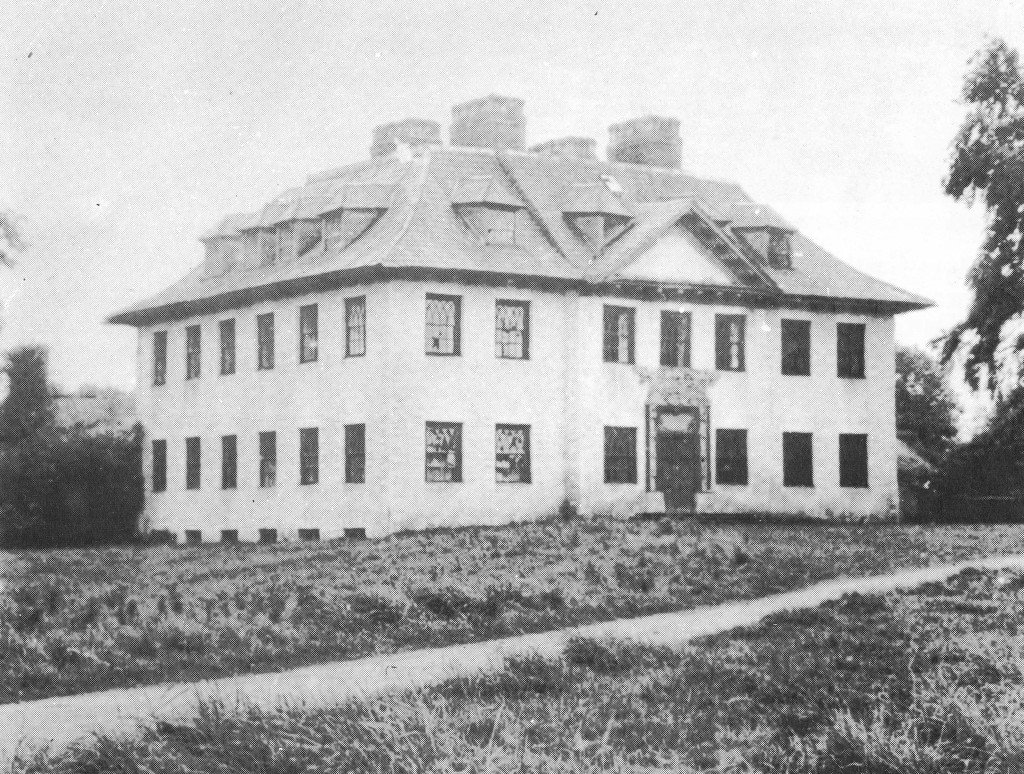
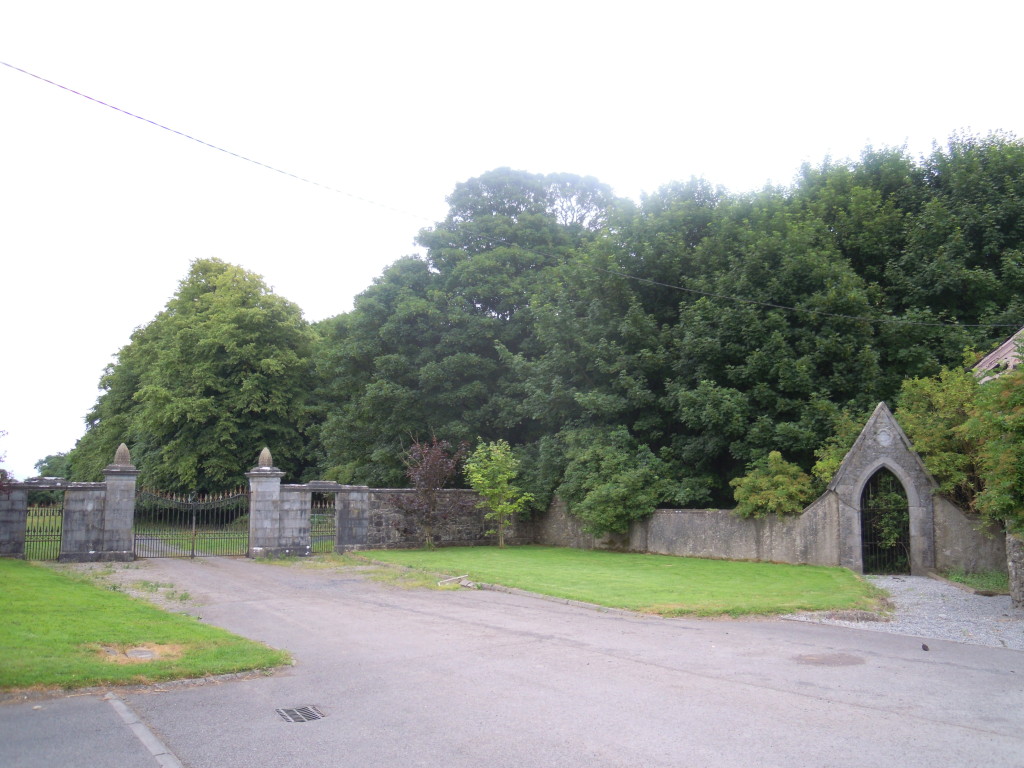
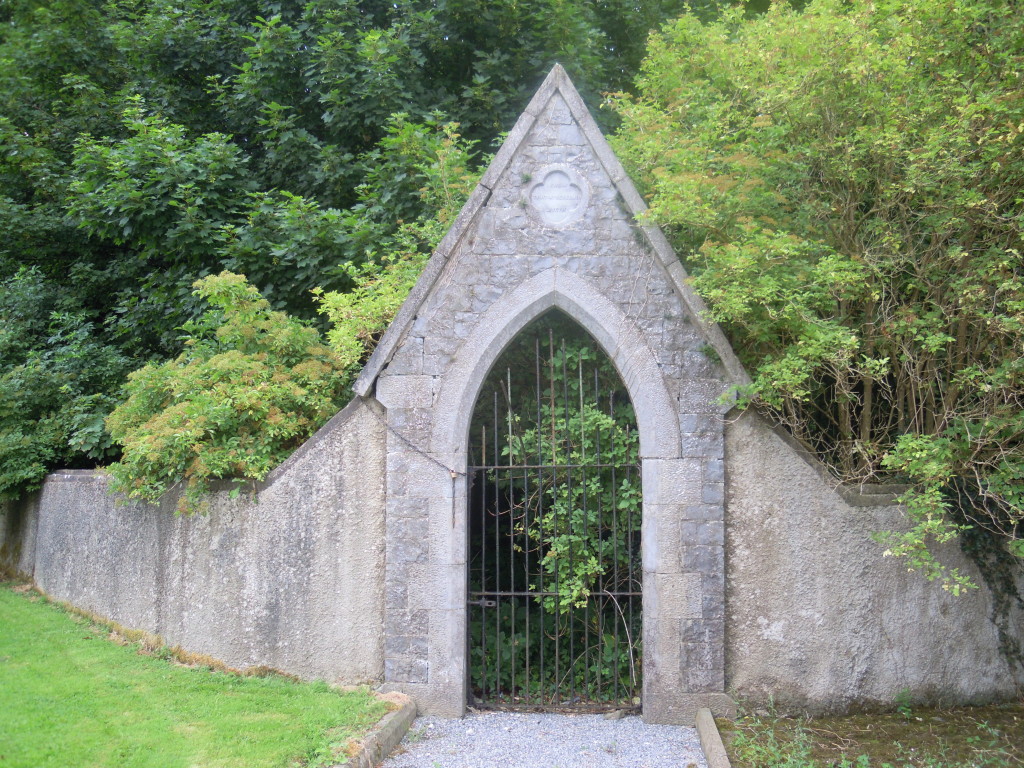


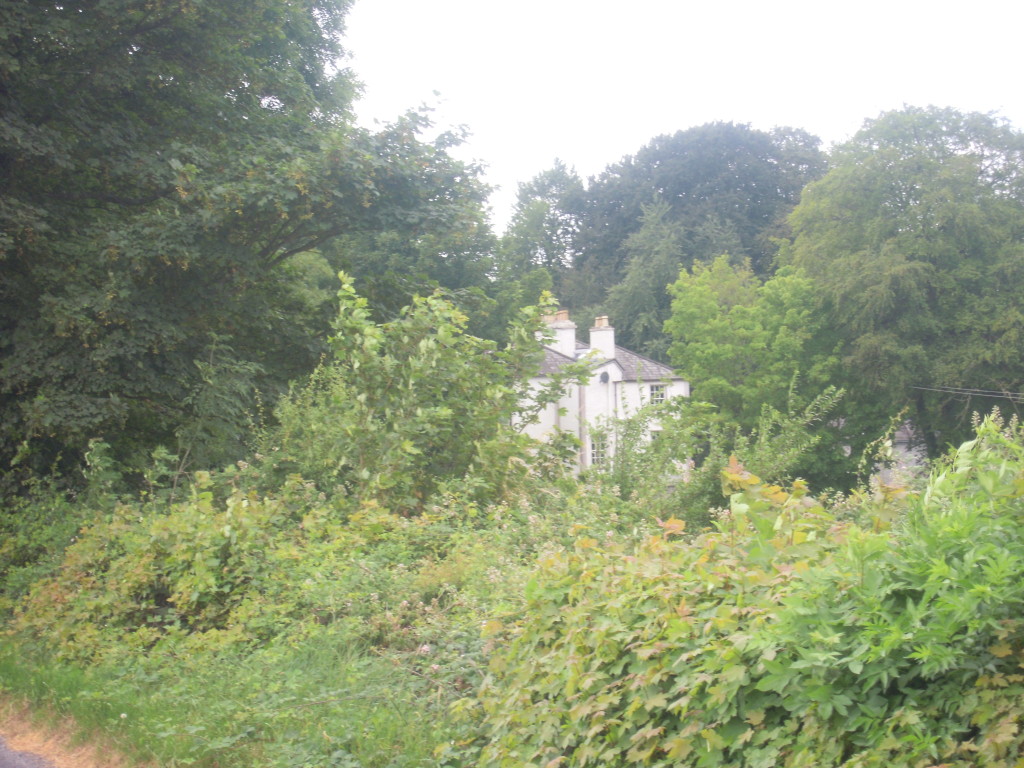



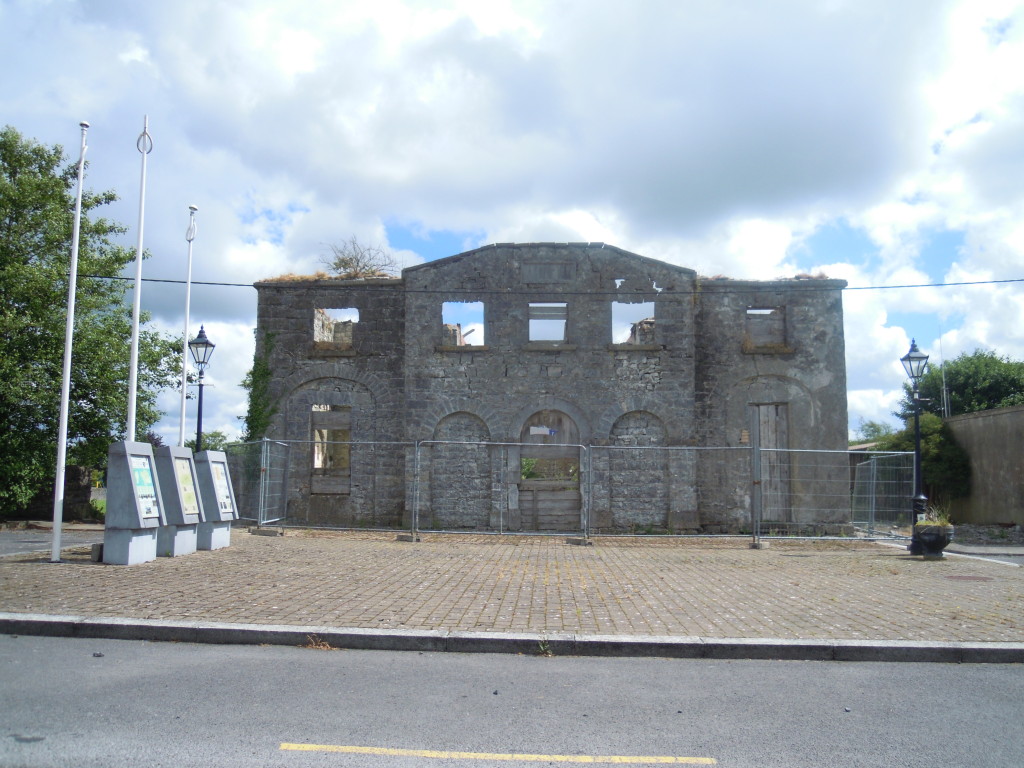

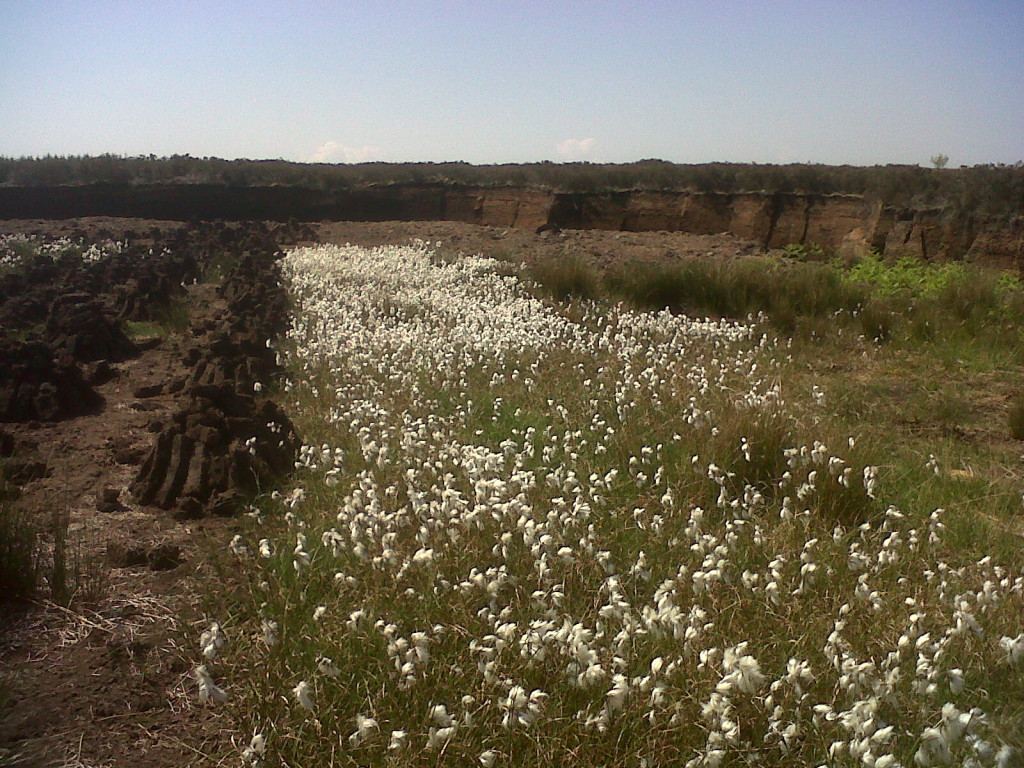
No comments yet.